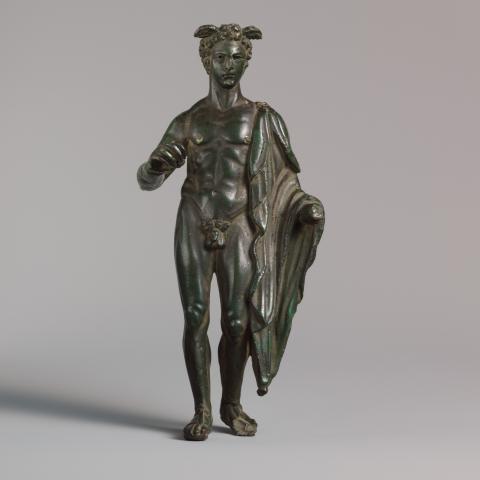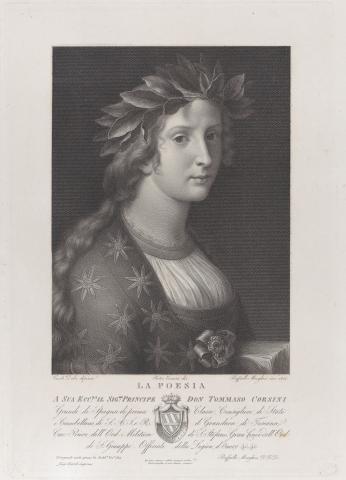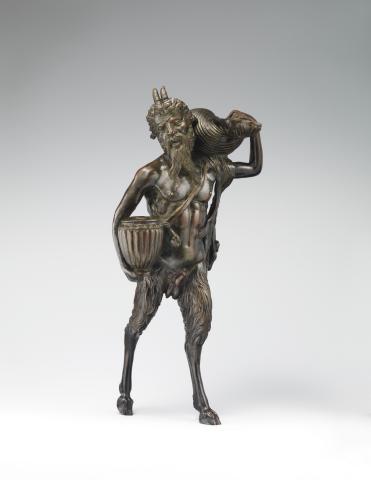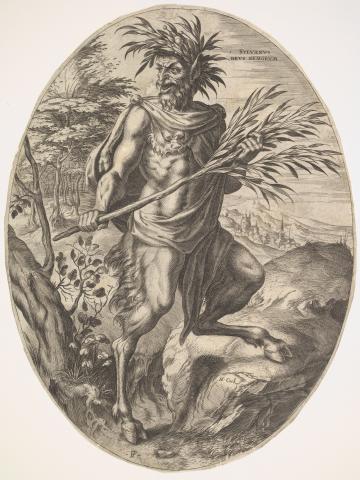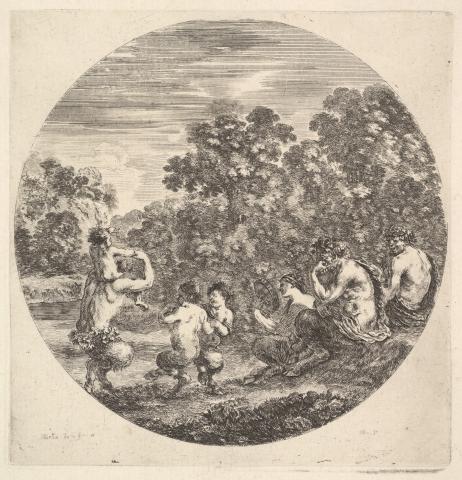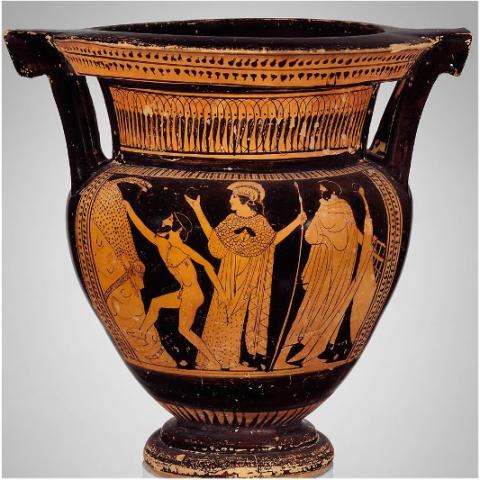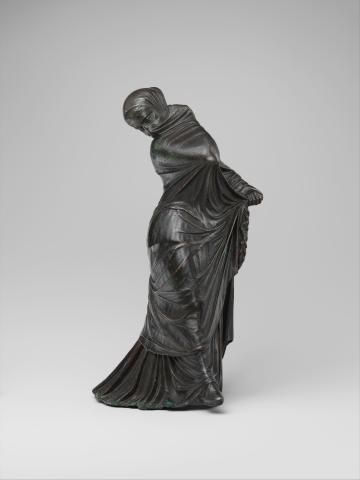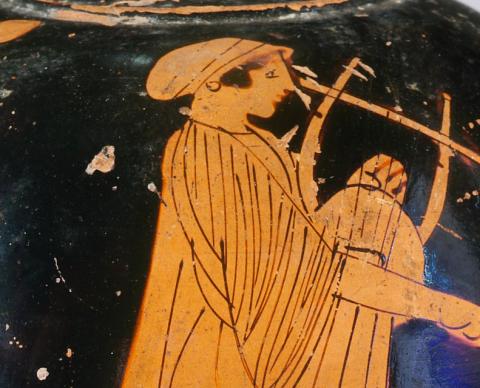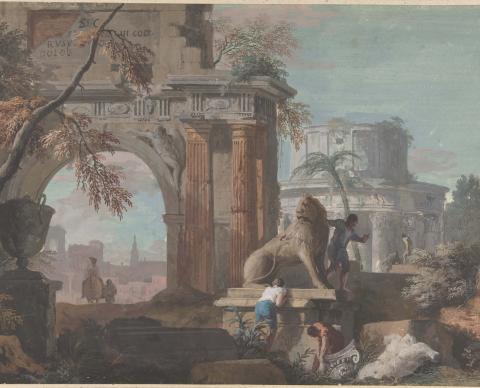Bronze statuette of Mercury
Annotations
He stands with his weight resting on the right leg, with the left foot drawn back.
Metadata from the Met website:
Title: Bronze statuette of Mercury
Period: Early Imperial
Date: 1st century CE
Culture: Roman
Medium: Bronze
Dimensions: Overall: 6 3/16 x 2 3/4 x 1 7/8 in. (15.7 x 6.9 x 4.8 cm)
Classification: Bronzes
Credit Line: Rogers Fund, 1906
Object Number: 06.1057

